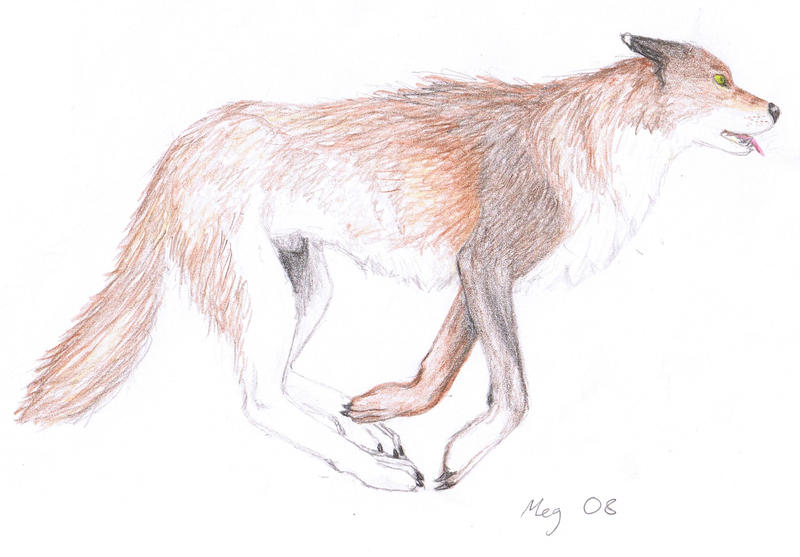Alrighty then. Last blog, we talked about, structures under the skin. We decided, well I decided with absolutely no impute from you what so ever, that knowing what is going on under the skin is vastly important to any sort of animal or people drawings (And lets face it. I am not a landscape artist).
When you see people drawing, usually it is with out any sort of reference material to copy from. I may be wrong and you frequently see people drawing from life, but that is not the topic of this particular article.
These people may be great, or they may be crap (excuse the language). And because you are reading this, I'm going to assume you are one of the latter. No offence if you are not.
So you draw a person. It takes you absolutely ages. You either are never satisfied with it, or you think its brilliant... until you step back for a look.
The reason for this is that you probably have no idea how to draw a person. Half the time you are guessing, and the other time you are remembering.
If you are not a trained artist, chances are you are not great at drawing from memory. Don't get me wrong, some people can train them self to do this. But the point is that they are trained.
In fact, most of those people you see drawing perfect people with out reference are trained in one way or another.
I have trained my self. One of the people I know, went to art school. You, assuming you couldn't draw the person, are not trained.
Another word you can use for 'trained' in this context, is practiced. To draw that figure or dog or tree, from imagination or memory, you must be able to draw it from reference. That is you can pick up a picture in a magazine and copy it accurately.
Also you need to have picked ten or more (how ever many it takes), in countless positions, and have drawn them as well. And I don't mean, drawn ten, then thought 'well that looks crap, oh well, I can draw from imagination now.'
I mean you keep copying until you get it looking right. It may not be exactly the same. But nothing looks 'wrong'. So no eyes in the wrong shape. No fingers in the drawing that you can't see in the photo. if you are facing her nose, it is not drawn side on. And etc. I'm sure you can think of more.
After, or before this copying step, (Actually to be honest, before is better)you need to do some learning. You need to learn the skeletal and muscular skeleton of a human, or dog, or what ever you want to draw.
I don't mean that you need to know every single muscle, and every single bone, along with Latin names. I mean you need to be able to draw from memory a basic skeleton, and if you want to be able to draw muscle tone at some point, you need to know the basic muscle and how they change shape when the person moves in a certain way.
To be honest, if you look at this dog drawing,
I was guessing at the muscles and I had limited practice with reference for the feet. I did have basic idea of where the muscles should be, to get the limbs to do what ever they were doing. But I hadn't referenced it or checked. I did have a firm knowledge of the skeleton.
I know that this all sounds like a lot of work. And, to get started, it is. However, it will not always be that way. I only need to do one or two reference drawings to be able to draw the same thing from memory or imagination.
You will also be pleased to know that once you understand the basic skeleton, you know it for every vertebrate on the face of this planet. Muscles are some what the same. For example, animals with four legs all have very similar muscle structures (not insects, they have exoskeletons, so you don't need to wory about muscles).
I learnt to draw horses. From there I found I could draw dragons. After that I tried my hand at dogs. If you know it, you got it.
If you put the effort in, honestly, it will help.
Monday, March 22, 2010
How To Draw From Your Imagination
Subscribe to:
Post Comments (Atom)


so true
ReplyDeleteThis is really helpful. Thanks!
ReplyDelete